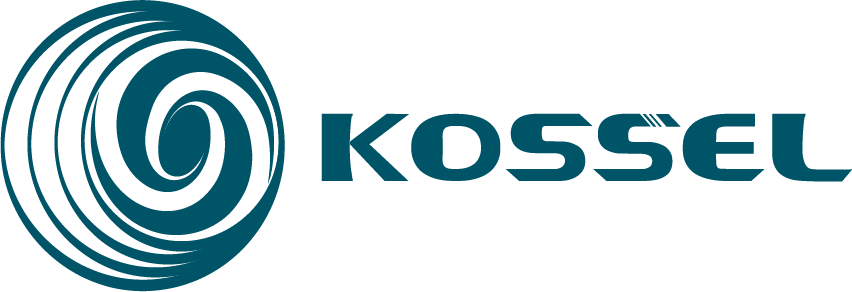May 26, 2020, Octoparms® vena cava filter from Kossel Medtech entered the green channel of innovative medical devices of the National Medical Products Administration, balloon catheter becoming the sixth product entering the green channel in the cardiovascular field this year. As the first retrievable umbrella-type vena cava filter in China, Octoparms® has an independent invention patent, which has the advantages of a long retrieve period, not easy to tilt after implantation and easy to take out. It fills the gap of no umbrella-type filter in China, and has significant clinical application value, and reaches the international advanced level.
With the aging of population, the incidence rate of cardiovascular diseases is increasing year by year. Venous thromboembolism (VTE), with high morbidity, high mortality and high misdiagnosis, is one of the most common cardiovascular diseases. VTE includes deep vein thrombosis (DVT) and pulmonary embolism (PE). About 50% of the proximal DVT develops into PE. 79% of the PE patients have DVT of the lower extremities. PE accounts for about 10% of hospital mortality.
To prevent fatal pulmonary embolism, the current clinical method is to place a vena cava filter below the opening level of the renal vein to intercept the free thrombus in the blood and prevent the thrombus from reaching the pulmonary artery to cause a pulmonary embolism.
There are four types of filters: permanent filter, temporary filter, convertible filter and retrievable filter.
With the permanent filter in vivo, there are fewer complications in a short period of time, but the probability of serious complications such as displacement, rupture, perforation and inferior vena cava obstruction will increase greatly with the extension of time. The temporary filter can be retrieved by the connecting rod. But limited to the material and design of the connecting rod, the bending of the connecting rod may cause the displacement of the filter. The retrievable filter is the most widely used in clinical practice. It is used in patients with transient anticoagulation contraindications. When the contraindication period is over, the filter can be retrieved to reduce the risk of long-term thrombosis recurrence.

